A Month Of Asia Tour – King Salman’s Mission & The Real Reason He’s Here
Malaysia is the first stop in a rare month-long tour of Asia by Saudi King Salman. The visit includes Indonesia, Brunei, Japan, China, Maldives and Jordan. The visit by King Salman is particularly important to Malaysian Prime Minister Najib Razak who is preparing to call for a snap national general election, rumoured to be this year.
It would have been a golden opportunity to put to rest the opposition’s slander regarding the RM2.6 billion donation for Mr. Najib, if King Salman could simply admit the kingdom of Saudi had indeed made the “no-strings-attached” donation. As expected, the king didn’t speak a word about the donation. But that didn’t stop Najib bootlickers from spinning and twisting the facts.
Najib bootlickers now say that the presence of King Salman is sufficient to prove Najib was telling the truth that the RM2.6 billion was a donation from the Saudi royal family. By putting words in King Salman’s mouth, Najib hopes the ignorant Malay-Muslims would believe and vote for him in the coming 14th general election. It’s a clever plan to con the rural ethnic-Malay.
But why couldn’t King Salman simply acknowledge that Saudi royal family has sent RM2.6 billion specifically to Najib’s personal banking account? After all, the money was in recognition of Najib’s noble efforts in upholding Islam in Malaysia, as the prime minister would like everyone to believe. The answer – there was no such donation to begin with.
Without King Salman’s admission, it would mean Najib son of Razak has siphoned and stolen the money originated from 1MDB using “Ponzi Scheme“ to disguise itself in a fraud that has accumulated RM50 billion of debts, as alleged by the Switzerland’s Office of the Attorney General. King Salman couldn’t lie, even if he wanted to, because the US-DOJ found no such donation in its investigations.
Mr. Najib also took the opportunity of King Salman’s visit to Malaysia by claiming that when even oil-rich Saudi had increased its fuel price by 50%, Malaysians should be grateful over a small 20 sen hikes. The cunning Najib deliberately hides the fact that before the hike, Saudis pay only US$0.16 a litre and has gone up to US$0.24 a litre after the hike.
At US$0.24 a litre or RM1.06 a litre of petrol / gasoline, Saudis are paying 117% lesser than Malaysians, who now pay RM2.30 a litre of RON95. Najib also conveniently didn’t explain how the unfortunate Saudis enjoy free healthcare, free schooling, zero income tax, public pensions, subsidized water and electricity and even unemployment benefits.
Heck, Saudi even provides interest-free loans to help families buy homes and start businesses. In another gloating exercise, PM Najib announced that Saudi Arabia’s state oil company Saudi Aramco will invest US$7 billion into RAPID (Refinery and Petrochemical Integrated Development), an oil refinery and petrochemical project in Malaysia’s southern state of Johor.
What Mr. Najib doesn’t want people to know was Aramco’s plan to drop its participation in a partnership with Petronas in the project as early as January, 2017. According to the Wall Street Journal, Aramco has concluded after a feasibility study that the project will not yield the desirable level of returns. Petronas, meanwhile, was desperate to borrow US$7.2 billion to advance the project.
Both Aramco and Petronas have been hit by the oil price crash, so much so that Petronas had axed 1,000 jobs, after cutting spending by RM50 billion. So, what has changed within a month? Has crude oil price suddenly jumped to US$70 or US$100 per barrel? Nope, the prices remain little changed at roughly US$56 a barrel since the collapse of Aramco-Petronas joint-venture.
Aramco and Petronas can sign whatever agreements or MOUs they want in front of journalists. Unless the documents are legally-binding and money starts flowing into Malaysia, any signing ceremony is insignificant and merely a drama. But what types of drama is in play by Saudi King Salman’s visit to the continent of Asia?
King Salman is on a critical mission to save his kingdom from continuously burning its foreign reserves. From its peak in August 2014 at US$745.7 billion, the kingdom was left with US$543.8 billion in October 2016. That’s about US$200 billion burnt in 2 years. Saudi had issued its first US$4 billion in local bonds back in July 2015 – the first time the kingdom started borrowing money.
But there’s only so much you can borrow through bonds. Reluctantly, Saudi Arabia has no choice but is forced to sell shares in Aramco, its crown jewel. Saudi plans to list up to 5% of the world’s largest oil producer on the Saudi stock exchange in Riyadh, the Tadawul, and also one or more international markets, potentially raising as much as US$100 billion.
On the surface, it seems like an honour to have King Salman visiting Prime Minister Najib Razak and other Asia countries. In reality, it’s embarrassing to watch the 81-year-old Saudi king going around running a marketing campaign promoting Aramco. Shouldn’t the king leave the begging job to Mohammed bin Salman, his deputy crown prince behind the IPO plan?
While selling the story of Aramco isn’t difficult, ensuring all the shares worth US$100 billion are fully subscribed is a challenge. In comparison, China’s Alibaba IPO in 2014, the largest global IPO back then, was valued at only US$25 billion. That’s why King Salman is leading the Aramco IPO campaign himself to ensure all the shares are fully sold to jumpstart Saudi’s ambitious Vision 2030.
At this moment, it’s unknown how Aramco plans to fund the US$7 billion investment in Petronas RAPID project. It could be borrowings from local Malaysian banks after all. Behind closed doors, Salman could have told Najib that Aramco can only invest in RAPID provided the Government of Malaysia (or rather taxpayers) fully subscribes to Aramco shares allocated.
Salman will be visiting China and Japan for the same reason – scouting for stock exchanges that could give the best deal, as well as securing buyers for Aramco shares. Aramco IPO is so important that it was Saudi who secretly engineered the oil production cut, sending crude oil prices to the present US$56 a barrel from US$32 a barrel a year ago in January 2016.
While crude above US$50 improves the attractiveness of Aramco equity, investors have some reservations about Saudi’s actual oil and gas reserves, not to mention Aramco’s well hidden financials. Because Aramco has been managed like a personal piggy bank of the Saud family, minority shareholders would not have much say in the management of the company.
China is expected to play a major role in the Aramco IPO not only for advisory and underwriter roles, but also as main subscribers of its shares. Besides having the world’s largest foreign exchange reserves, China is among the biggest buyers of Saudi’s crude oil. However, if Aramco plans to be listed in Hong Kong, rules have to be bent over to accommodate Aramco’s lack of transparency.
Other Articles That May Interest You …
- Islamophobia Hits Saudi – 40,000 Muslim Pakistanis Deported Over Terror Fear
- Swiss A.G. – Najib’s 1MDB Scammed At Least $800 Million Using “Ponzi Scheme”
- Congress Rejects Obama’s Veto – Now “Terrorist Sponsor” Saudi’s Assets Can Be Seized
- Congrats Najib, Your Boy Has Just Proven Your Family Has Everything To Hide
- Exposing 9/11 Secrets – How Saudi Terrorism Began In 1979’s “The Siege Of Mecca”
- Moody’s Downgrades – Saudi Banking System Now “Negative”
- Did Najib Pawn & Drag Malaysian Soldiers Into Syrian War For RM2.6 Billion?
- WSJ’s Last Bombshell For The Year – Najib’s $700 Million Came From 1MDB
- The Glory Days Are Over – OPEC Warlord Saudi Has Started Borrowing
✍ Sumber : ☕ FinanceTwitter
Mukah Pages memuat-naik beraneka jenis artikel menarik setiap jam tanpa henti dari pelbagai sumber. 📲 📖 Enjoy dan jangan lupa untuk 👍 Like & 💕 Share!



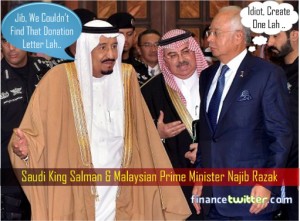
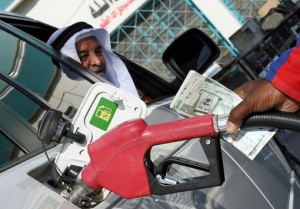
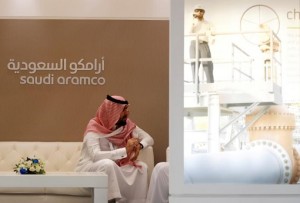
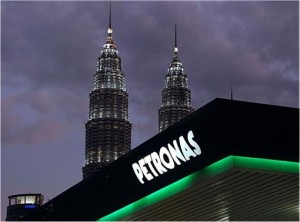
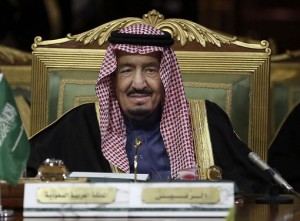
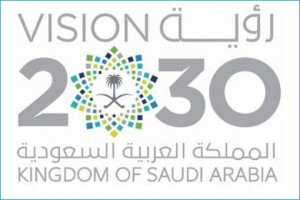

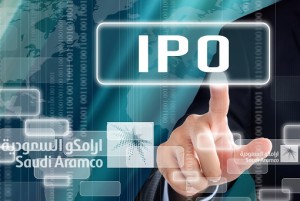

















Post a Comment